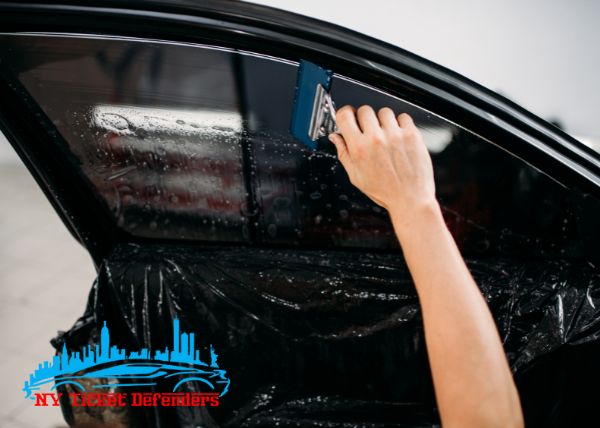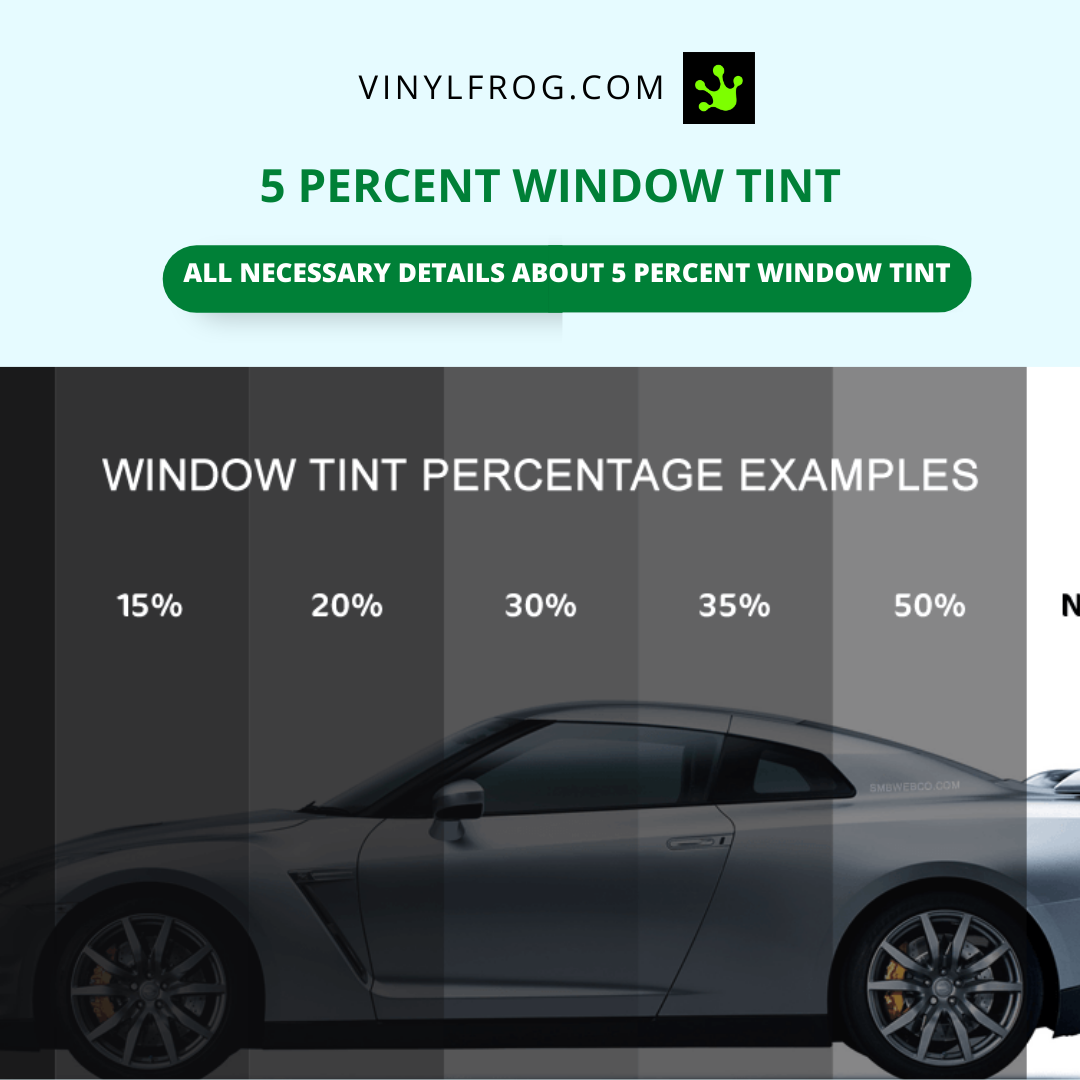The Science Behind Auto Window Tinting and UV Ray Protection
The Science Behind Auto Window Tinting and UV Ray Protection
Blog Article
Window Tinting Regulations and Guidelines: What You Need to Know Prior To Tinting Your Auto
Prior to continuing with home window tinting for your vehicle, it is essential to acquaint yourself with the diverse regulations and guidelines that control this technique throughout different states. These guidelines dictate the permitted levels of color darkness, commonly determined by visible light transmission (VLT) percents, and consist of details terms for front windshields intended at ensuring road safety.
Summary of Window Tinting Laws
Home window tinting regulations are regularly subject to variation across various jurisdictions, reflecting neighborhood policies and safety factors to consider. These legislations dictate the permitted levels of tint darkness and reflectiveness on vehicle home windows, making sure that vehicle drivers preserve adequate presence while likewise safeguarding versus damaging UV rays and warm.
Most regulations categorize home window tinting based on the Visible Light Transmission (VLT) percentage, which shows the quantity of light that can pass via the window. Typically, lower VLT percentages signify darker colors. Legislations typically separate between the front, side, and back home windows, with more stringent restrictions used to the front windscreen to boost security for both the driver and other road individuals.
Furthermore, some jurisdictions enforce constraints on the reflectivity of the tint, preventing excessive glow that could hinder exposure. Exceptions to these laws might exist for individuals with certain clinical problems requiring extra sunlight protection. Compliance with home window tinting laws is crucial, as offenses can lead to fines, required removal of the color, and possible rises in insurance coverage costs. It is important for lorry owners to acquaint themselves with regional laws prior to continuing with home window tinting installments.
State-by-State Tint Rules
Comprehending the details window tinting regulations in each state is important for automobile proprietors looking for to abide by the regulation. Each state in the united state has actually developed its own set of regulations regulating home window tinting, which can differ considerably. These laws often determine the allowable levels of tint darkness, the kinds of home windows that can be tinted, and any type of clinical exemptions that may apply.
As an example, states like The golden state have rigid constraints on color darkness for front home windows, while others, such as New Mexico, might permit darker colors. Furthermore, certain states mandate specific visibility portions for numerous windows, consisting of the windscreen, front side windows, and rear home windows. It is essential for car owners to acquaint themselves with their state's laws to avoid possible penalties or charges.
Furthermore, some states may require a qualification sticker label to be positioned on colored home windows, indicating conformity with state regulations. Failure to abide by these guidelines not only runs the risk of lawful consequences yet can additionally impact security and visibility while driving. Lorry proprietors need to perform comprehensive study or consult local authorities to make certain full understanding and compliance with state-by-state tint regulations.
Allowed Tint Types and degrees
Numerous vehicle proprietors might be amazed to learn that enabled color levels and types vary extensively throughout different states. Each state has developed its own policies pertaining to the permissible darkness and reflectivity of home window color, usually determined by Visible Light Transmission (VLT) percentages. VLT describes the amount of light that can pass through the colored windows; hence, a reduced percent indicates a darker tint.

In addition, the kinds of tint products permitted can differ, with some states restricting mirror-like or metallic finishes. It is vital for vehicle proprietors to familiarize themselves with their state's specific laws to make sure conformity. Non-compliance can result in fines, required elimination of the tint, or other legal repercussions, making it vital to comprehend these policies before continuing with installment.
Medical Exemptions for Tinting
While not all states supply allowances for medical exemptions relating to home window tinting, those that do recognize the requirement for particular people to boost presence and convenience due to clinical problems. Various medical problems, such as lupus, skin cancer cells, and specific eye disorders, can provide people specifically conscious sunshine. These individuals may require darker colors to secure themselves from harmful UV rays and glow.

It is important to keep in mind that despite a medical exemption, there may still be limitations on the level of color permitted. Conformity with state laws makes sure that individuals are both safeguarded and within legal restrictions. Those considering medical exemptions ought to contact their local Department of Motor Cars or comparable authority to understand the procedures and requirements essential to get an exception efficiently.
Charges for Non-Compliance
Falling short to conform with window tinting regulations can lead to significant fines, which vary by state. Regulation enforcement firms are encouraged to issue citations for lorries that do not abide by the defined tinting guidelines. These penalties generally consist of penalties, which can range from small total up to several hundred dollars, depending upon the severity of the infraction and the state in concern.
In some territories, duplicated offenses might cause next escalating penalties or additional charges, such as necessary court appearances. Non-compliance might require the removal of illegal tinting, usually at the owner's expenditure. In extreme cases, regular transgressors might deal with suspension of their car enrollment up until compliance is achieved.
In addition, look at this web-site insurance policy effects may occur from getting several citations for window color violations. Insurance providers might check out such violations as an indication of riskier actions, possibly leading to increased costs or difficulty in insurance coverage.
To prevent these penalties, it is important for vehicle proprietors to acquaint themselves with their regional window tinting legislations and guarantee that their lorry complies (Window Tinting). This aggressive method not only prevents legal ramifications yet also advertises roadway safety
Verdict

A lot of laws categorize window tinting based on the Visible Light Transmission (VLT) portion, which indicates the amount of light that can pass with the window. Compliance with window tinting guidelines is essential, as offenses can result in penalties, compulsory removal of the tint, and prospective increases in insurance premiums.Comprehending the details window tinting guidelines in each state is important for automobile proprietors seeking to abide with the law. These laws usually determine the permitted degrees of color darkness, the kinds of windows that can be tinted, and any type of clinical exceptions that might use.
For circumstances, states like The golden state have rigorous restrictions on color darkness for front windows, while others, such as New Mexico, may allow darker colors.
Report this page